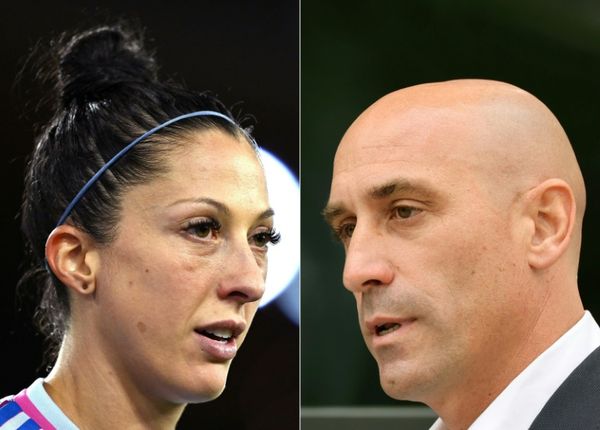
The NCAA has tweaked targeting and fake injuries rules among others that will go in effect this college football season.
Here’s a look at those changes, as describe by the Associated Press.
- Players ejected in the second halves of games for targeting might not be suspended for the first half of the next game, depending on the results of an appeal.
- Schools and conferences can report the potential faking of injuries to the national coordinator of officials, which could lead to penalties for the program involved.
- Only linemen and stationary backs inside the tackle box may block below the waist.
- Ball-carriers who simulate a feet-first slide, like former Pittsburgh quarterback Kenny Pickett famously did in the ACC Championship Game, will be ruled down at the spot.
- Defensive now accompanies an automatic first down in addition to the 10-yard penalty.
- Replay officials may adjust the game clock if a ruling is overturned with less than two minutes remaining in the game or first half.
- Illegal touching by an ineligible player now accompanies a loss of down in addition to the five-yard penalty.
The main aspect of these changes that football fans should keep in mind this season, which starts on Aug. 27 with 11 bowl subdivision games scheduled, is the additions to the targeting rule and the potential fines on programs for intentionally faking injuries.
The targeting tweak could be more important in the postseason. For example, if a player is ejected in the second half of a conference championship or first-round game, a successful appeal could allow that player to fully participate in a following playoff or championship game.
Faking injuries has become a glaring issue in the sport in recent seasons. With the fine potential now looming, asking defensive players to sit down during a long offensive drive from the opposing team may be less frequent.







